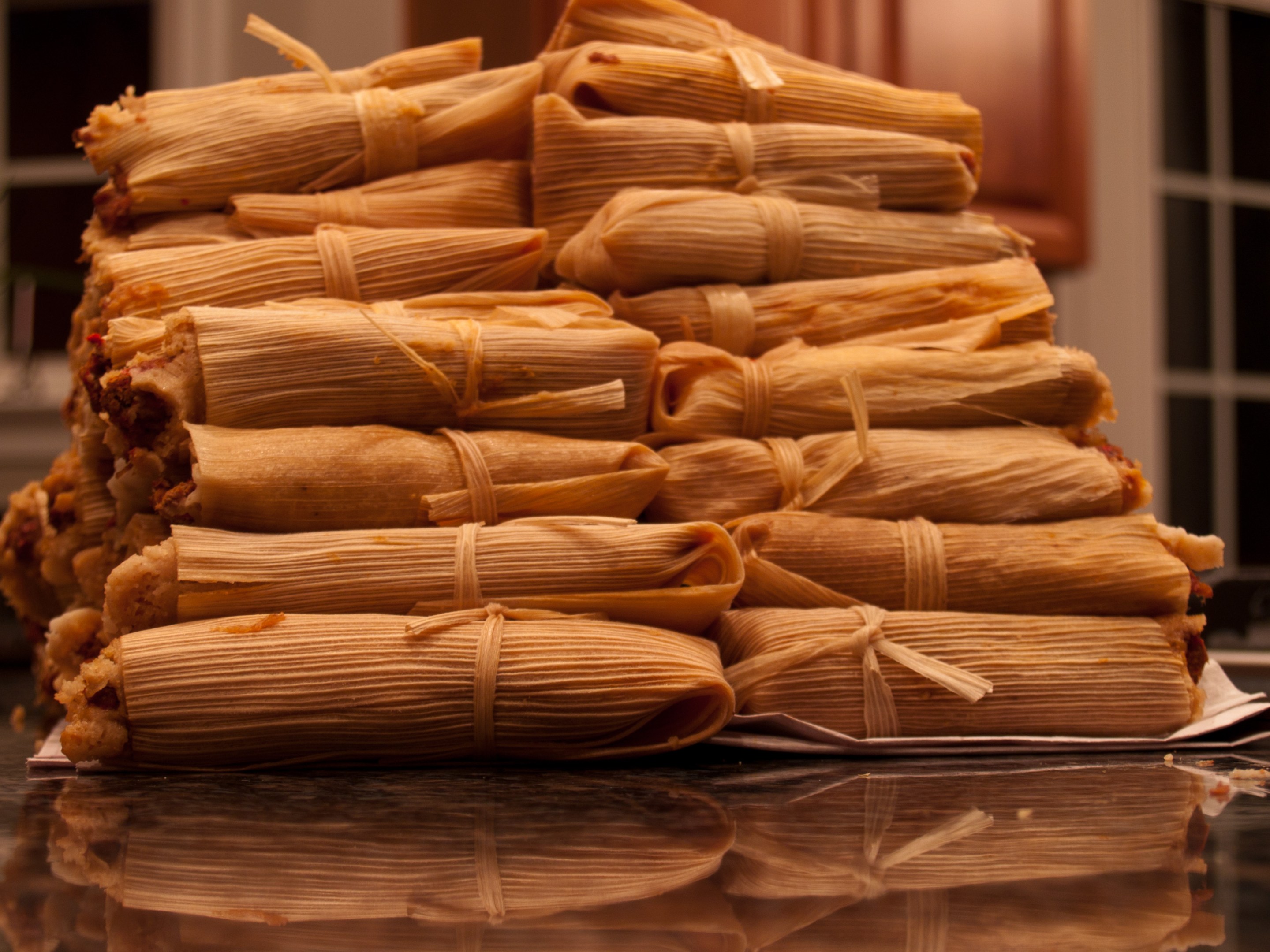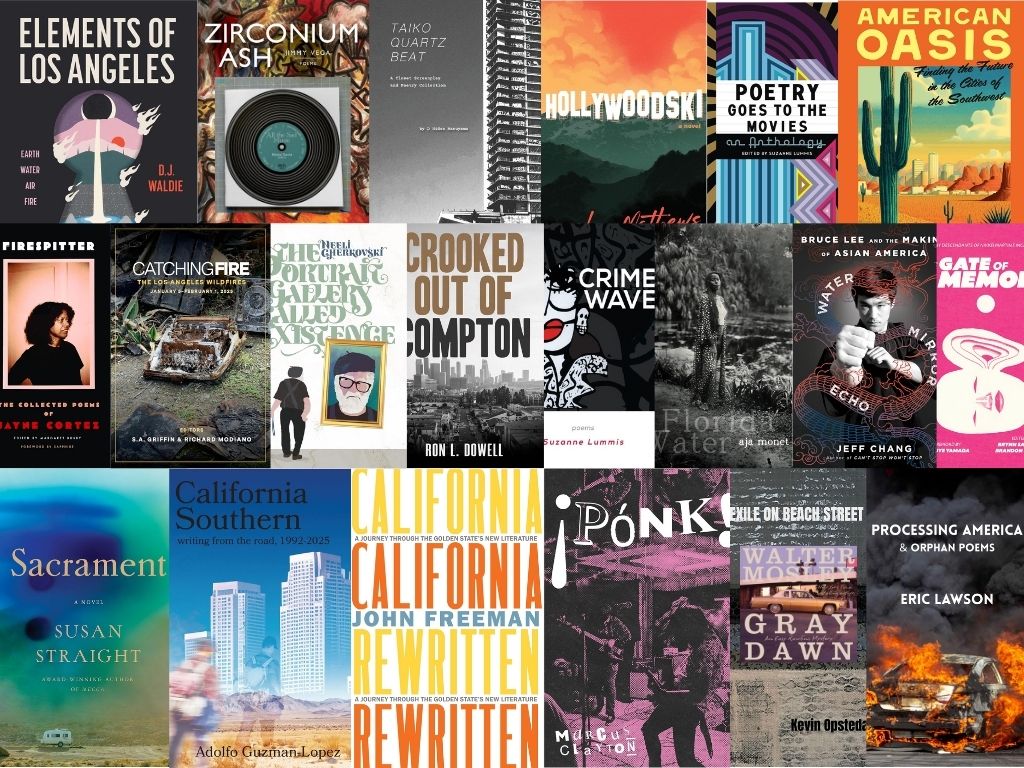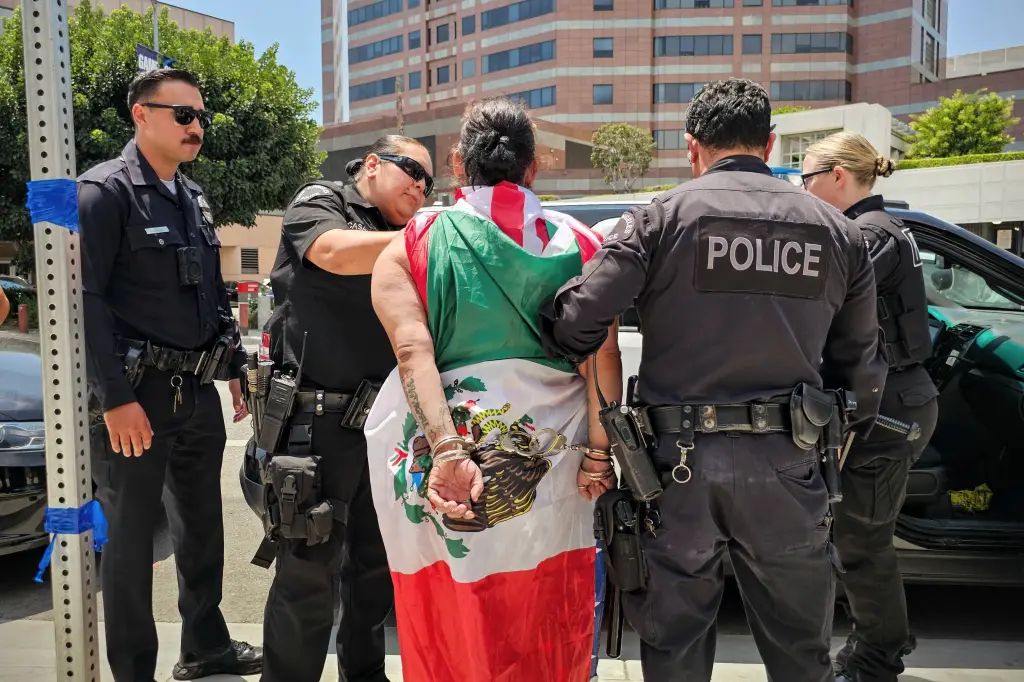50 years ago today, thousands of Chicano high school students across East Los Angeles walked out of their campuses in what has become known as the Blowouts. It's one of the pivotal moments in Chicano history, and the coming weeks will spark many commemorations, lectures, workshops, and articles to commemorate the event.
Everyone will rightfully hit the obvious highlights: the courageous role Lincoln High School social science teacher Sal Castro played in helping to corral the energy of student leaders as they planned the walk out. The arrest of Castro and others on charges of conspiracy in what became known as the East L.A. 13 case. The list of demands students gave to the Los Angeles Unified School District board of trustees. The many protests and sit-ins activists continued through the fall of 1968. The alumni: producer Moctezuma Esparza, former mayor Antonio Villaraigosa, Los Angeles Unified School District trustee emeritus Vickie Castro.
There is one angle, however, that most scholars have historically overlooked: food.
Specifically, Mexican food, the lack of it at schools, and the role it played in organizing and sustaining those who participated. The best analysis of the blowouts remains the appropriately titled 2014 book Blowout!: Sal Castro and the Chicano Struggle for Educational Justice, by UC Santa Barbara Chicano Studies professor Mario T. Garcia. The profe (one of the most unsung Chicano studies authors out there) specializes in oral histories, and he masterfully got Castro to talk about his upbringing in Boyle Heights, his teaching career, and an insider's account of what happened during the blowouts.
Castro had a lot to say about food. He complained that racist counselors in the early 1960s tracked Chicanas mostly into home economics classes that severely impacted their chances of getting into college. In them, instructors forced them to make what Castro dismissed as “Anglo food” like hotcakes.
“Nobody was teaching them to make tamales, healthy tamales,” he told Garcia. “They'd teach the Mexican girls how to make gavacho food instead of tamales or álbondigas.“”
Ignominies like that inspired Castro to help students, most notably at what became known as the Chicano Youth Leadership Conference, held every year around spring break at Camp Hess Kramer in Malibu. The 1967 conference is generally acknowledged as the place where blowout organizers first thought about a general student strike.
Castro generally supported the students but wasn't completely sold on their idea until he read an article in Time a couple of weeks after the conference called “Pocho's Progress.” It purported to tell American about the plight of Chicanos but instead pissed off most of the Eastside for its painfully dated insights. Castro took particular offense to a passage that described East L.A. as a barrio of “tawdry taco joints and rollicking cantinas,” where the “reek of cheap, sweet wine competes with the fumes of frying tortillas.”
“Son of a bitch, that's how he described us,” Castro told Garcia. He went to local Latino business leaders to see if they'd join him and lodge an official protest against Time; no one volunteered.
“The article and the passive reaction by community leaders only convinced me that there was no going back,” Castro concluded. “If the adults couldn't or wouldn't lead, then the kids would.”
**
Later in 1967, Castro joined the board of directors for a group called Young Citizens for Community Action (YCCA). The group, consisting of college students and young adults, decided to rent an old warehouse on Olympic Boulevard near Atlantic Boulevard and turn into a community space they called Piranya Coffee House.
“In those days, everyone had a bohemian coffeehouse," Castro told Garcia. “Young people sat around drinking coffee and having long intellectual conversations or hearing poets read their stuff.”
Student leader Paula Cristomo remembered it differently. “The Piranya was called a coffeehouse, but it didn't serve coffee,” she told Garcia. “In fact, nothing was served.”
But what did happen was meetings. Castro introduced the idea of blowouts to YCCA members and said the students would need their help. The group invited leftist icons like H. Rap Brown, Stokely Carmichael, and César Chávez, but it was more important as a community space where local teens could hang and relax. That freedom, however, meant that Piranya became a target of constant surveillance by the Los Angeles Sheriff's Department.
"During the last several weeks,' police harassment at the Piranya Coffee House has reached alarming proportions," reported La Raza in early 1968. “Customers and members of the Coffee House on their way in and on their way out have been stopped, questioned and illegally searched by the “peace officers” of the East L.A. Sheriffs Department. The Police frequently drive past the Coffee House and shine their searchlights into the Coffee House as another means of harassment.”
Piranya shut down just a couple of days before the blowouts. By then, the YCCA went by a new name: the Brown Berets. And the idea of a community space-cum-coffeehouse was planted in the Eastside, where they continue in areas gentrified and not.
And the site of the former Piranya? It's now the so-so Mexican restaurant Tamayo's.
**
By the time the Blowouts finally occurred, students had crafted a multi-point list of demands that they presented to the L.A. Unified board of trustees at a special meeting held at Lincoln High. Some of the demands were obvious: better facilities, Mexican-American administrators, no racist teachers. But under the section of "Student Rights," Point IX was a more revealing point:
Student menus should be Mexican oriented. When Mexican food is served, mother from the barrios should come to the school and help supervise the preparation of the food. These mothers will meet the food handler requirements of Los Angeles City Schools and they will be compensated for their services.
Decades later, Brown Berets member Gloria Arellanes told Garcia in his 2015 collection The Chicano Generation: Testimonios of the Movement that students in her days “didn't take our burritos to school for lunch since the Anglo kids made fun of us if we did.”
But now, students explicitly identified their burgeoning Chicano identity with food. They realized then what many are just figuring out now: that a taco isn't just a taco but rather a crossroads of identity, history, and nutrition.
That demand, unfortunately, went nowhere: a look at the March lunch menu for LA Unified schools shows that the only advertised Mexican entrees will be chili cheese tamales, a “zesty beef chalupa” and “Mexicali Salad” for the vegans. No wonder kids keep slangin' Flamin' Hot Cheetos on the down-low!
But the mamis that the students requested did help out protestors when they needed them the most. In October, activists staged a week-long sit-in at LAUSD board offices after officials refused to reinstate Castro to his teacher's position at Lincoln High. 35 people would eventually get arrested.
Mujeres fed the protestors throughout the ordeal. Castro remembered it well:
The moment I saw them bringing in food, I felt that we were going to win, with such tremendous support. They kept bringing in tamales, tacos, burritos and all kinds of other great Mexican food. I had to say, “Ya no, señoras.” I think that we all gained weight during the sit-in. By now the board room began to have the beautiful aroma of a Mexican restaurant.”
And Castro was reinstated.







